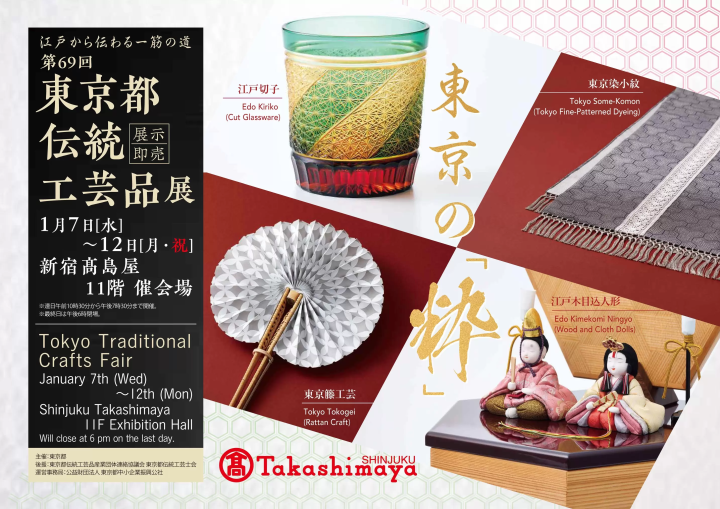【Nagasaki】Enjoy Two Unique Hot Spring Qualities at Unzen Onsen & Obama Onsen!

Unzen City in Nagasaki is home to two distinct hot spring resorts. Both designated as "National Hot Spring Resorts," Unzen Onsen and Obama Onsen offer unique water qualities. Discover their differences and special attractions in this guide!
-
Table of Contents
- What are Unzen Onsen and Obama Onsen?
- Hot Springs Attractions
- Recommended accommodation in Obama Onsen: "Iseya"
- Access to Unzen and Obama Onsen
Both Unzen Onsen and Obama Onsen are located on the Shimabara Peninsula in Nagasaki Prefecture , and their hot springs are fed by hot springs that are heated by a magma chamber deep under the sea on the west coast of the peninsula.
What are Unzen Onsen and Obama Onsen?
Unzen Onsen, located in the mountains at an altitude of 700 meters, and Obama Onsen, located on the seaside along Tachibana Bay Bay, each have different and wonderful spring qualities, and you can enjoy the rich natural environments of the mountains and the sea, so they have been registered as "National Hot Spring Resort Areas."
"Unzen Onsen" in the mountains

Unzen Onsen is located within Japan's first Kunitachi park, Unzen Amakusa Kunitachi Park, and is a hot spring resort where you can enjoy natural scenery throughout the four seasons.
The spring quality is a highly acidic sulfur spring, which has a strong bactericidal effect and is said to be effective against skin diseases.
Unzen Onsen has a long history, said to have first been discovered over 1,300 years ago. Because of its high altitude, it is cool even in summer, and it once flourished as a summer resort where Westerners stationed in Shanghai and Hong Kong would take the trouble to get there by boat.
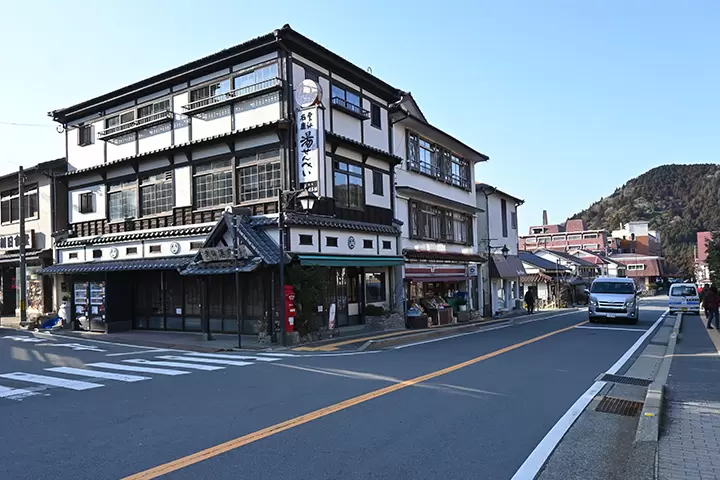
As you walk through the town, you will encounter classical buildings and the hot spring townscape with its cream-colored walls and brown roofs. The sophisticated atmosphere of the summer resort is still alive and well, and you will find the laid-back atmosphere relaxing.
Obama Onsen by the Sea

Obama Onsen is a hot spring resort facing the coastline along Tachibana Bay.
Because it is located close to a magma pool, the hot spring water is as hot as 105 degrees. Approximately 15,000 tons of hot water gushes out from about 30 hot springs per day, sending up billowing steam all over the city.
The spring quality is chloride spring, and it is said that the salt in the water coats the skin, preventing it from cooling down. Taking advantage of their location by the sea, many inns have open-air baths on their rooftops, so you can enjoy the hot springs with a sense of openness.


A national highway runs along the coastline, which is also used by buses from Nagasaki City, and there are many restaurants and hot springs, creating a lively atmosphere.
The area around Obama Onsen is also known as a spot where you can see beautiful sunsets, and the ocean shining orange is an unforgettable and fantastical sight.
Hot Springs Attractions
1. Unzen Jigoku: A spectacular view created by a Unzen(Unzen Onsen)

One place you should definitely visit in Unzen Onsen is Unzen Jigoku.
Volcanic gases spew out, the white rocks and steam rise from the hot springs, creating an otherworldly landscape. This view is similar to the Japanese image of hell, so the name "Jigoku (Jigoku = Hell)" was given to this place.

This is a place where you can experience the blessings of hot springs, such as enjoying geothermal foot steaming and eating hot spring eggs heated in the hot spring water.
Additionally, between 1627 and 1632, many Christians were persecuted and martyred in Unzen, and a cross has been erected here to tell the tale of that tragic history.
2. Retro public bath "Yunosato Onsen Public Bath" (Unzen Onsen)

Yunosato Onsen Public Bath, which has a history of over 100 years, is one of the hot springs loved by the townspeople.
In the past in Japan, many homes did not have baths, so community baths were highly valued.

Even as times change, the culture of people gathering at hot springs remains alive and well, and Yunosato Hot Springs Public Bath has a wonderful atmosphere, like a social gathering place where local people can casually gather.
The bathing fee is 200 yen for adults, and towels and other items can also be purchased.
3. Yoshicho (Obama Onsen): Enjoy a meal and hot springs together

A must-visit in Obama Onsen is the famous local restaurant "Yoshicho." Open from noon until 10pm, you can enjoy dishes made with plenty of seafood and the famous noodle dish "Obama Champon."

Another appealing feature is the unique service of being able to use the attached hot spring for free if you dine there (400 yen for adults).
4. Japan's longest footbath "Hot Foot 105" (Obama Onsen)

Obama Onsen has the longest foot bath in Japan, the 105-meter-long "Hot Foot 105." Named after the source temperature of the water, 105 degrees, this foot bath allows you to relax and warm yourself while gazing at the ocean.

There is a stepped shelf nearby where hot spring water flows, and the pure white steam rising up is very impressive!
Here you can also use the steam from the hot springs to steam your own ingredients.
5. The rare cold hot spring "carbonated spring" (Obama Onsen)

Obama Onsen has a rare cold spring called a "carbonated spring." It looks like boiling water bubbling up, but it feels cool to the touch.
The area where this carbonated spring is located is called "Karimizu," an area where clean water springs out. This carbonated spring is a natural experience spot that can only be found in a land of such abundant water.
*Bathing and drinking the hot springs are not permitted.
Recommended accommodation in Obama Onsen: "Iseya"

If you're staying at Obama Onsen, we recommend the long-established inn "Iseya," which has been in business for over 350 years. It has its own hot spring source and is attractive for its large public baths that make full use of the Toyotomi hot water.

One thing to note in particular is the large bath, "Sasayu," where bamboo branches are hung all over the wall. By passing the hot water through the bamboo branches, it acts as a natural temperature regulator, cooling the hot spring water, which reaches over 100 degrees, to an appropriate temperature.

One way to lower the temperature of the hot spring is to add water to it, but this method was devised to prevent the hot spring's ingredients from being diluted.
There are also bathtubs with an even lower temperature than the Sasayu, and each room also has an in-room bath (hot spring) facing the ocean, so you can choose according to your physical condition and preferences.

The baths and changing rooms are kept spotlessly clean so that you can enjoy the hot springs in a clean and safe environment. Metal fixtures such as faucets may be rusty, but don't worry - this is proof that the hot spring water is strong!
What surprised me was the change in my body after I got out of the bath. Even after only a short bath, the heat retention effect was outstanding, and I could feel my body gradually warming up from the core.
Access to Unzen and Obama Onsen
You can reach Unzen Onsen and Obama Onsen by car or bus from Nagasaki Airport.
From Tokyo/ Osaka to Nagasaki Airport
Tokyo(Haneda Airport) → Nagasaki Airport approx. 2 hours
Osaka(Itami/Kansai International Airport) → Nagasaki Airport approx. 1 hour 20 minutes
Access from Nagasaki Airport
Bus: Nagasaki Airport → IsahayaStation (30 minutes) → Obama Onsen (50 minutes) → Unzen Onsen (25 minutes)
From Nagasaki Airport, go to Isahaya Station and change to a bus bound for Unzen. You can go to Unzen Onsen without changing buses.
Click here for the bus timetable from Nagasaki Airport to Isahaya Station.
Click here for the bus timetable from Isahaya Station to Obama Onsen.
Car: Nagasaki Airport → Obama Onsen (60 minutes) → Unzen Onsen (20 minutes)
There are few buses, so it is recommended to check the timetable in advance if you plan to use the bus!
National hot spring resorts are designated by the Minister of the Environment under the Hot Springs Act as healthy hot spring resorts where the benefits of hot spring use are expected to be sufficient. 79 hot spring resorts have been designated nationwide (as of October 2024). National hot spring resorts are selected based on the following criteria. 1. Conditions regarding the quality and volume of hot spring water (1) The source of the hot spring water used must be a therapeutic spring. (2) The hot spring water used must have an abundant volume of water. The standard volume of water flow must be 0.5 liters per minute or more per hot spring user. 2. Conditions regarding the environment of the hot spring resort (1) The hot spring is suitable as a resort from the perspective of the natural environment, townscape, history, climate, culture, etc. (2) A plan for the placement of doctors who can provide guidance on proper hot spring use and health management from a medical perspective, or a plan for the placement or training policy of personnel who can provide guidance on bathing methods, etc. in cooperation with the doctors, must be established. (3) Appropriate efforts will be made to protect hot spring resources, manage the hygiene of hot springs, promote public use of hot springs, and take into consideration the elderly and disabled, etc. (4) Enhanced efforts to prevent disasters.
The contents on this page may partially contain automatic translation.


















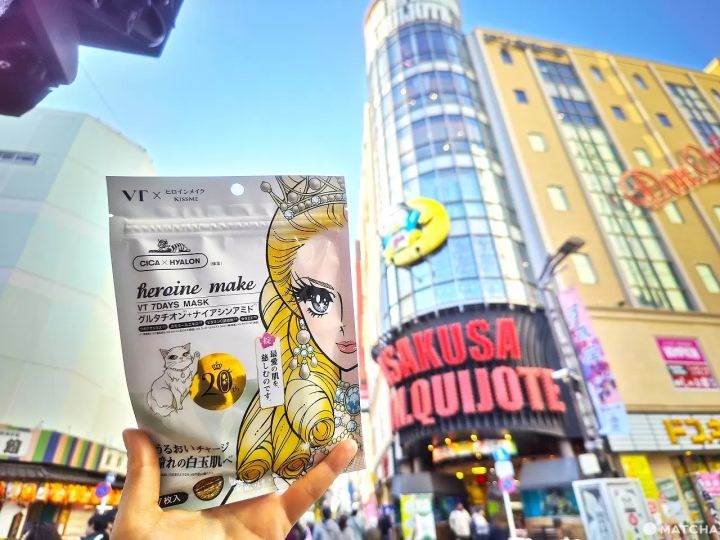

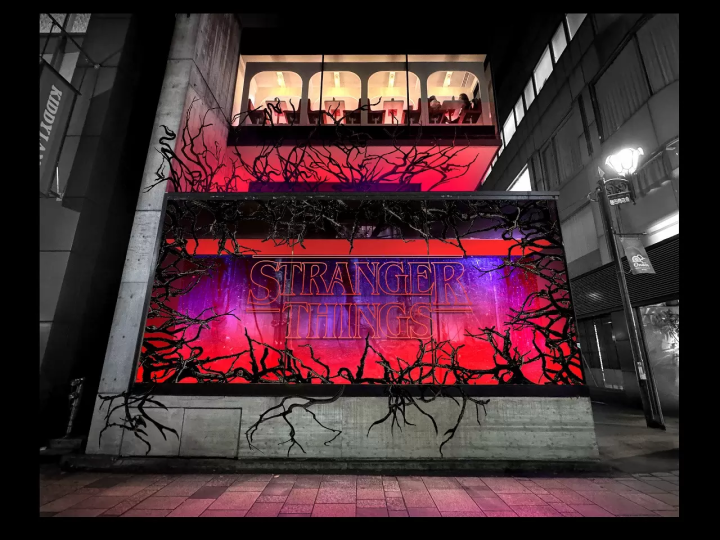
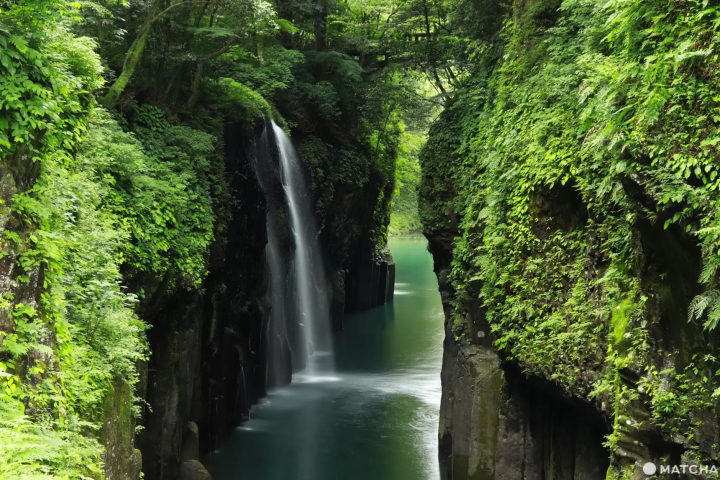





![[JR KYUSHU HOTEL Blossom Oita] A hotel directly connected to Oita Station - A comprehensive guide to access!](https://resources.matcha-jp.com/resize/720x2000/2025/10/23-247814.webp)
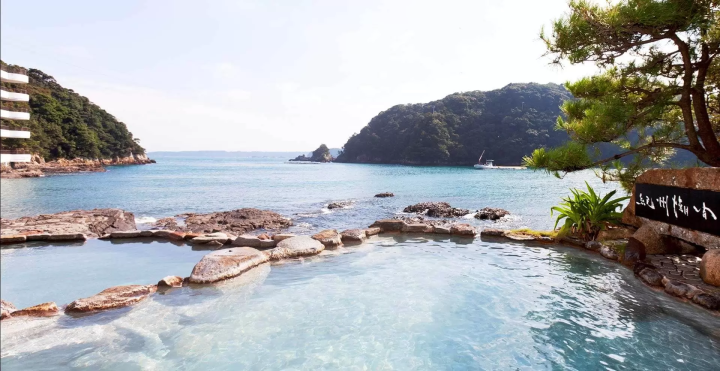
![Deep dive into Japanese brands! A tour of famous leather shoe stores with GENSEI & Nin [Harta Edition]](https://resources.matcha-jp.com/resize/720x2000/2025/12/18-253277.webp)
